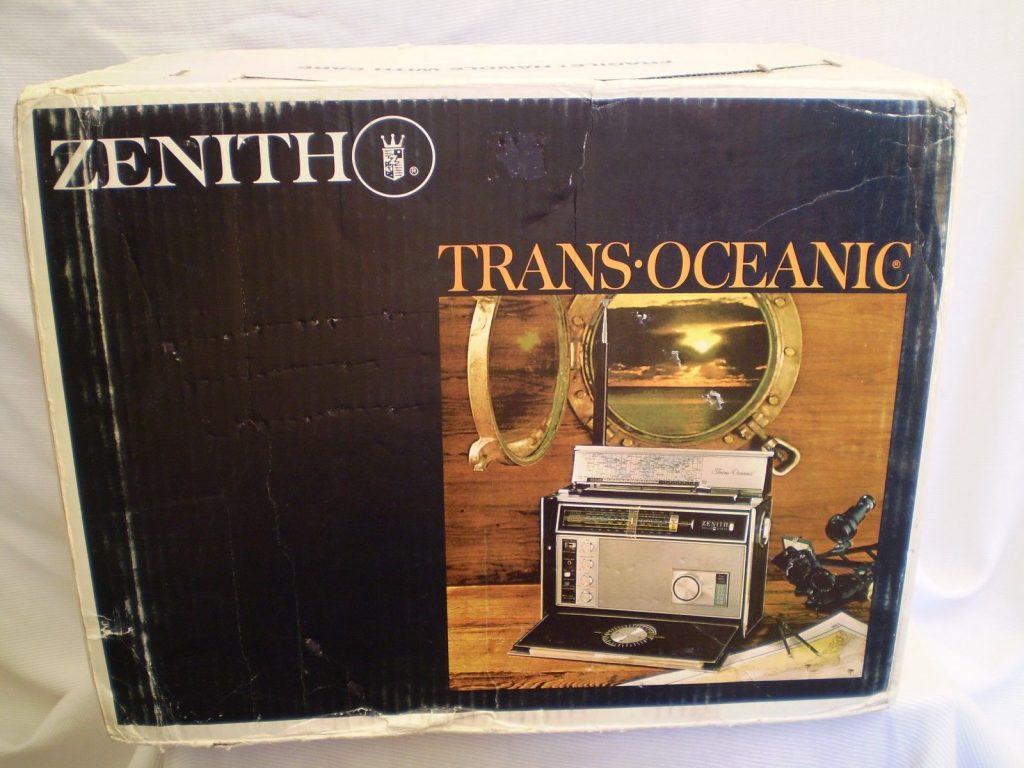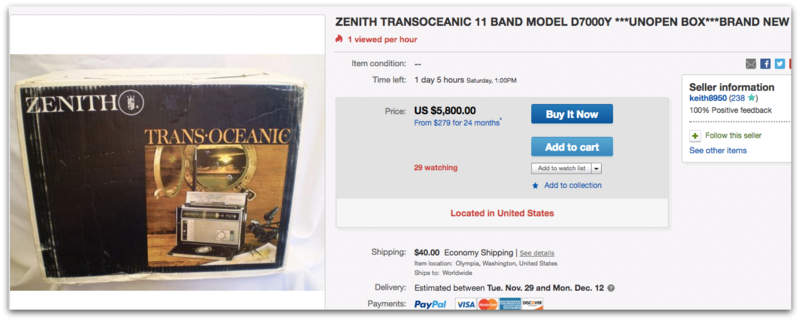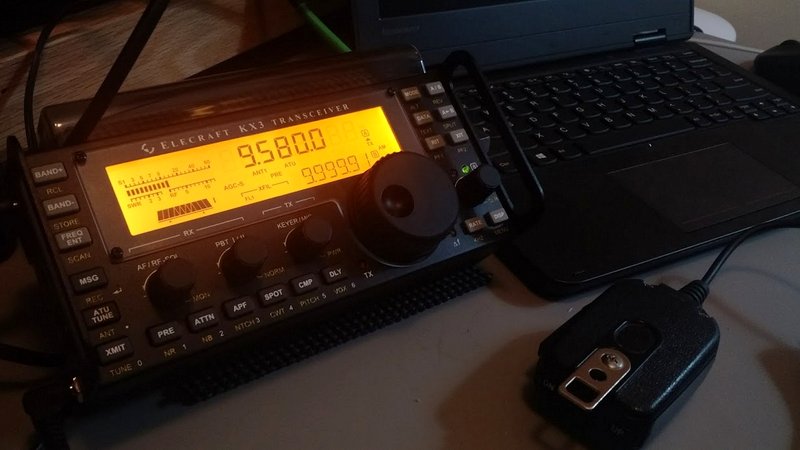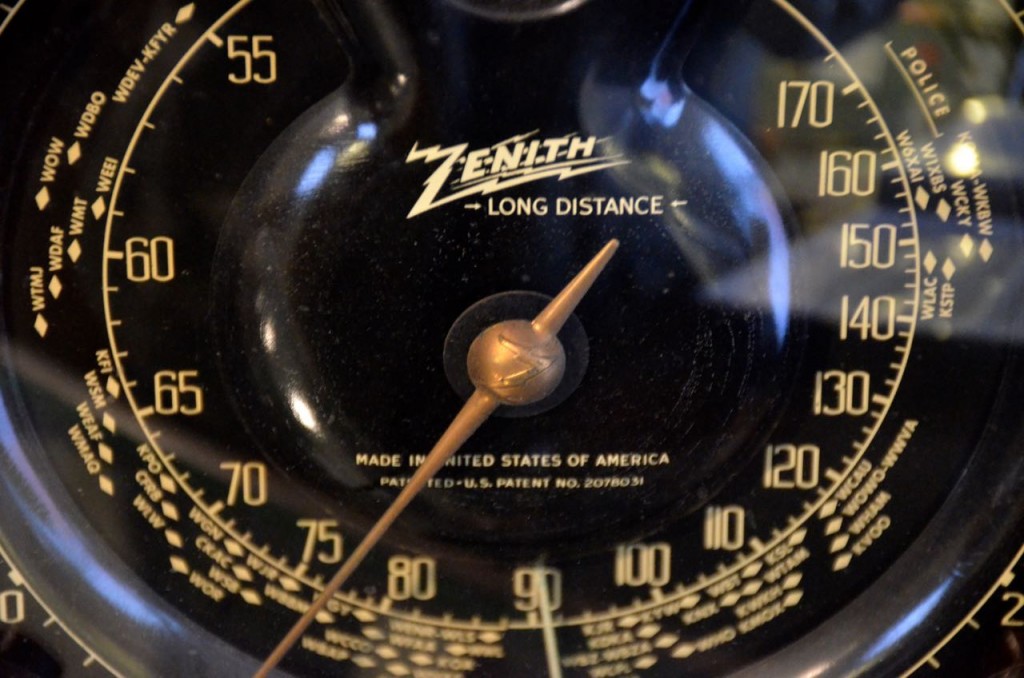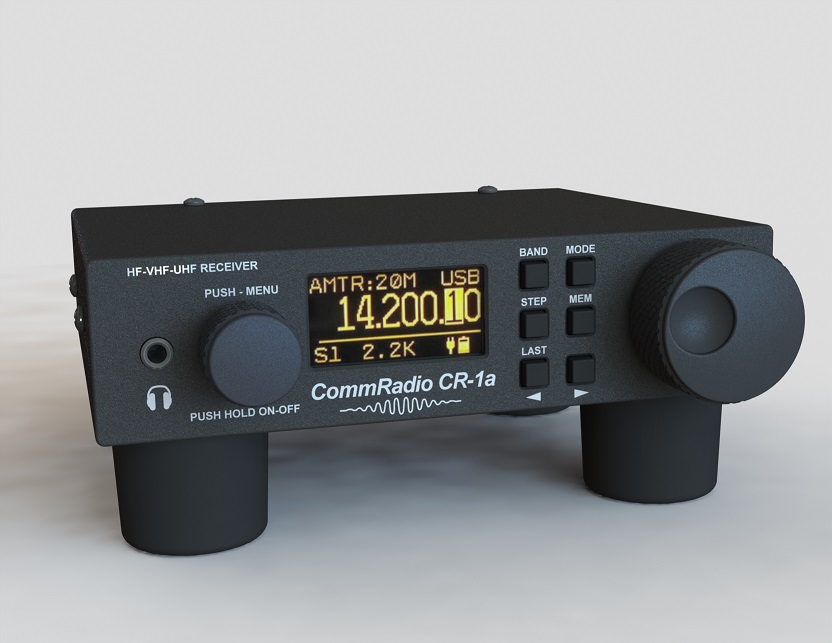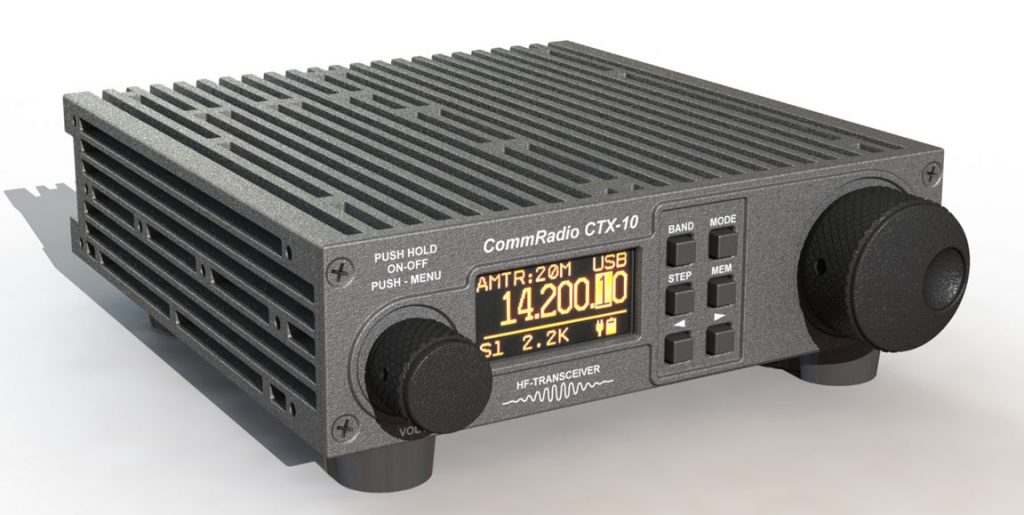
The AOR AR6000
Many thanks to SWLing Post contributor, Tom Ally, who writes:
NatComMag just posted on twitter that http://www.butel.nl/ is having a Black Friday Sale on their scanner programming software. [T]heir software is great for programming a ton of different models.
Page says this when you go to their site –
BuTel Famous Black Friday crazy sales is back!
The Dutchman is going crazy again!
All ARC software packages are 50% off this Black Friday!
Correct price will be shown at check out.
No extra discounts
All software sales are final, strictly no refunds !




